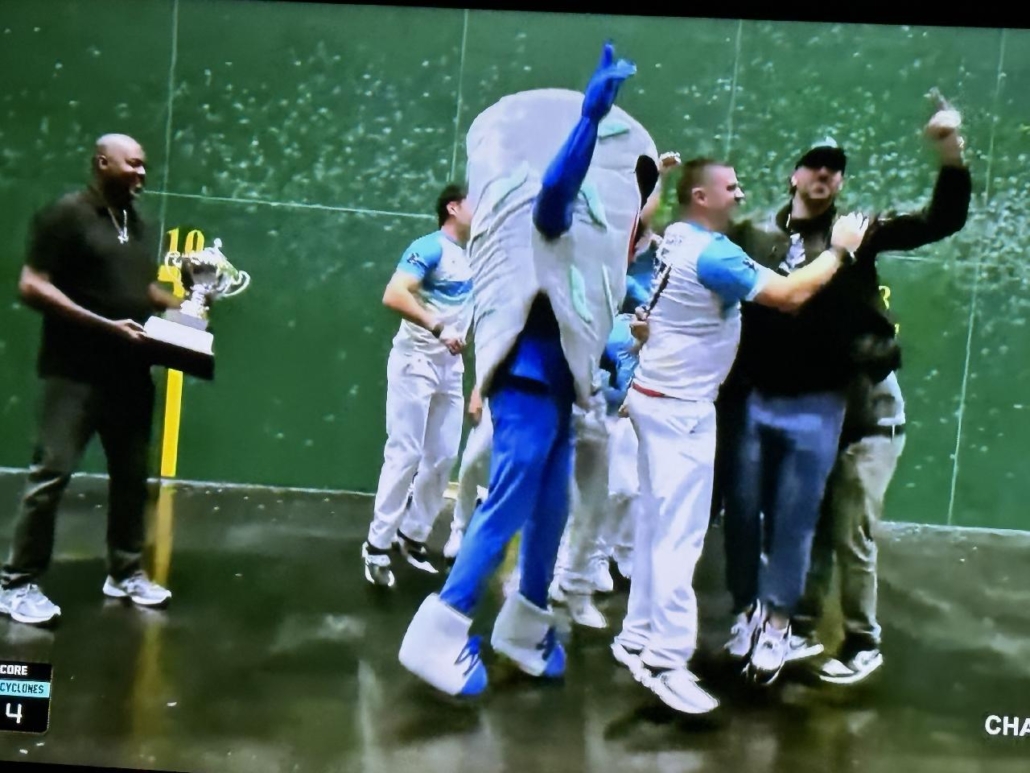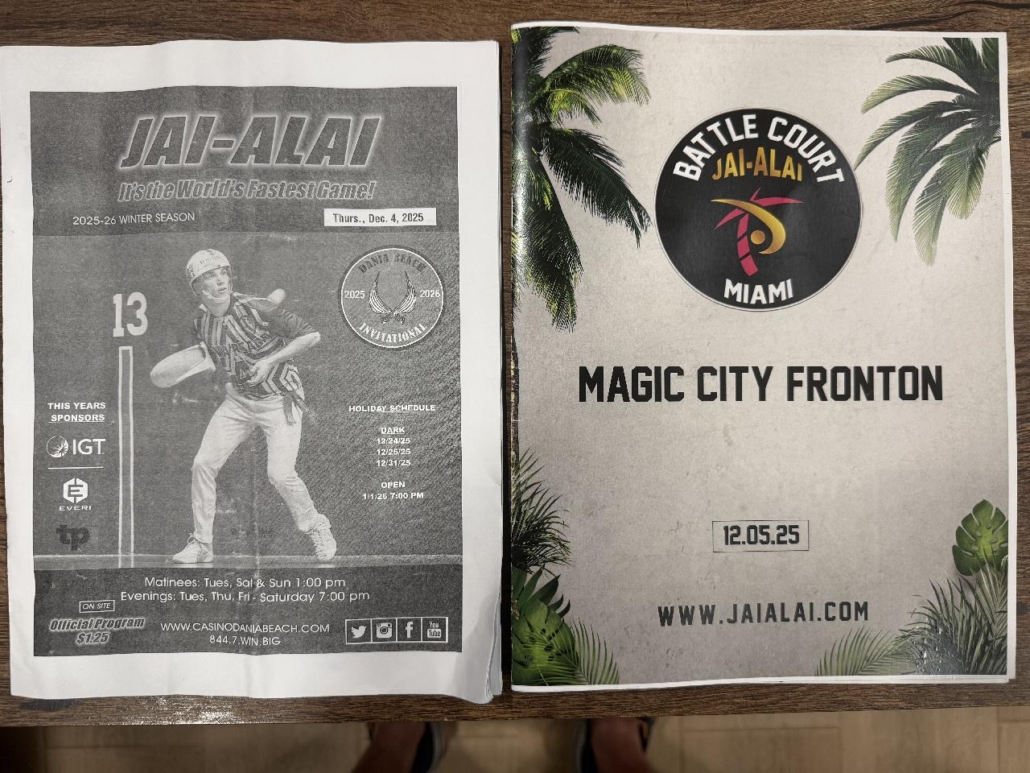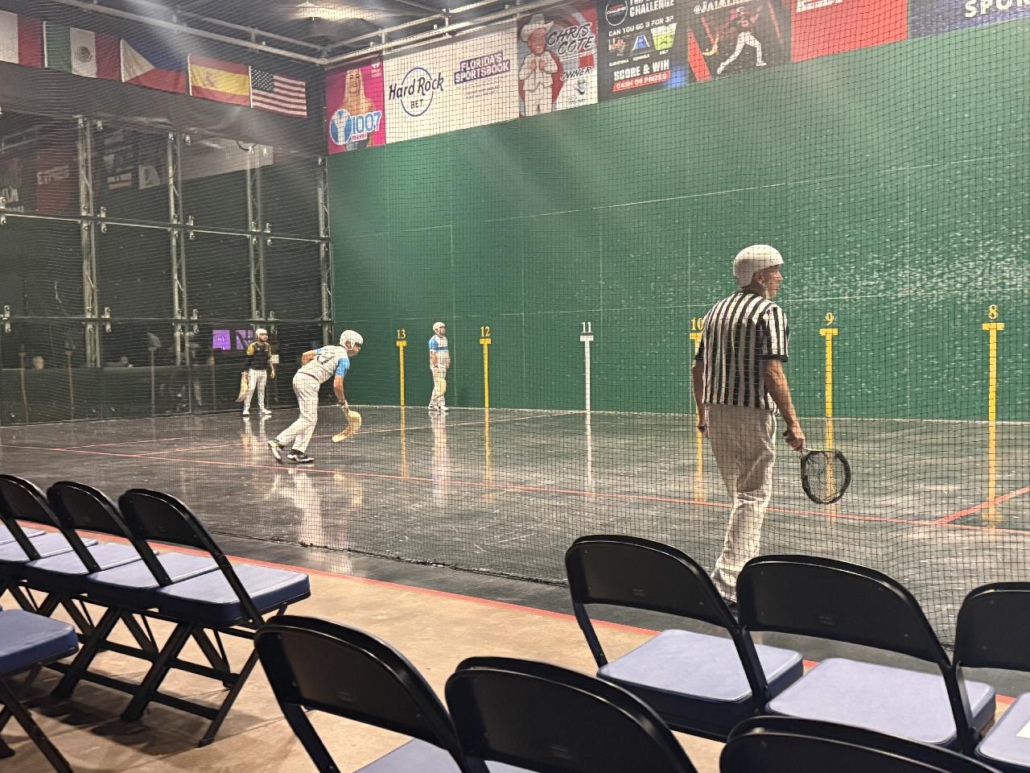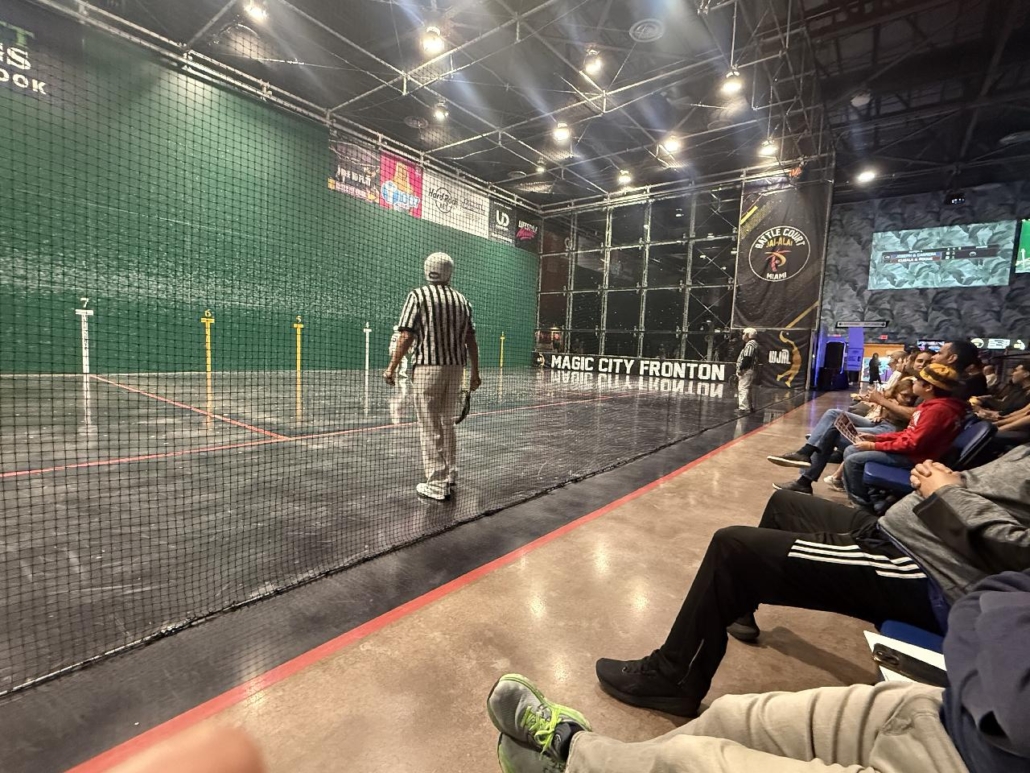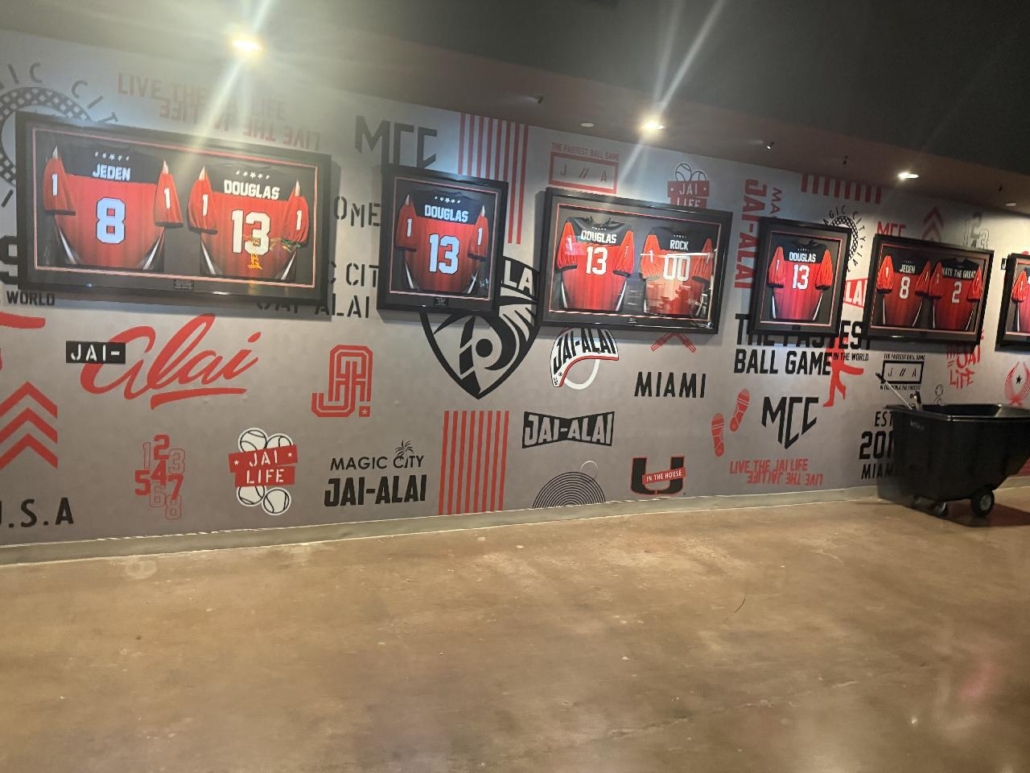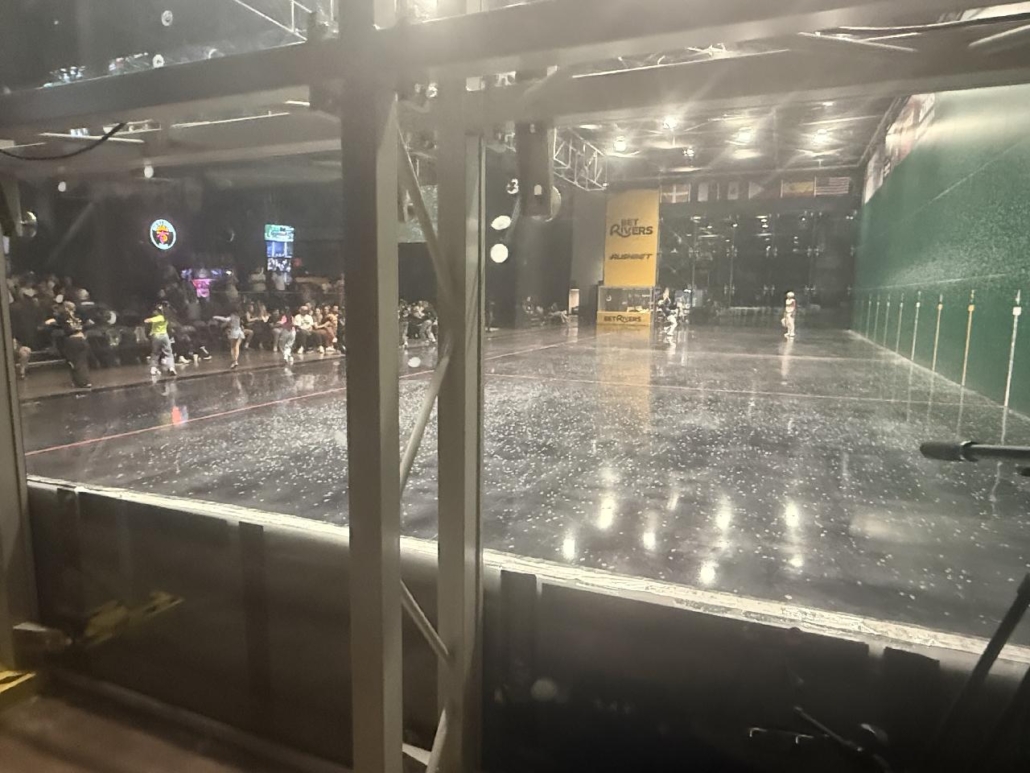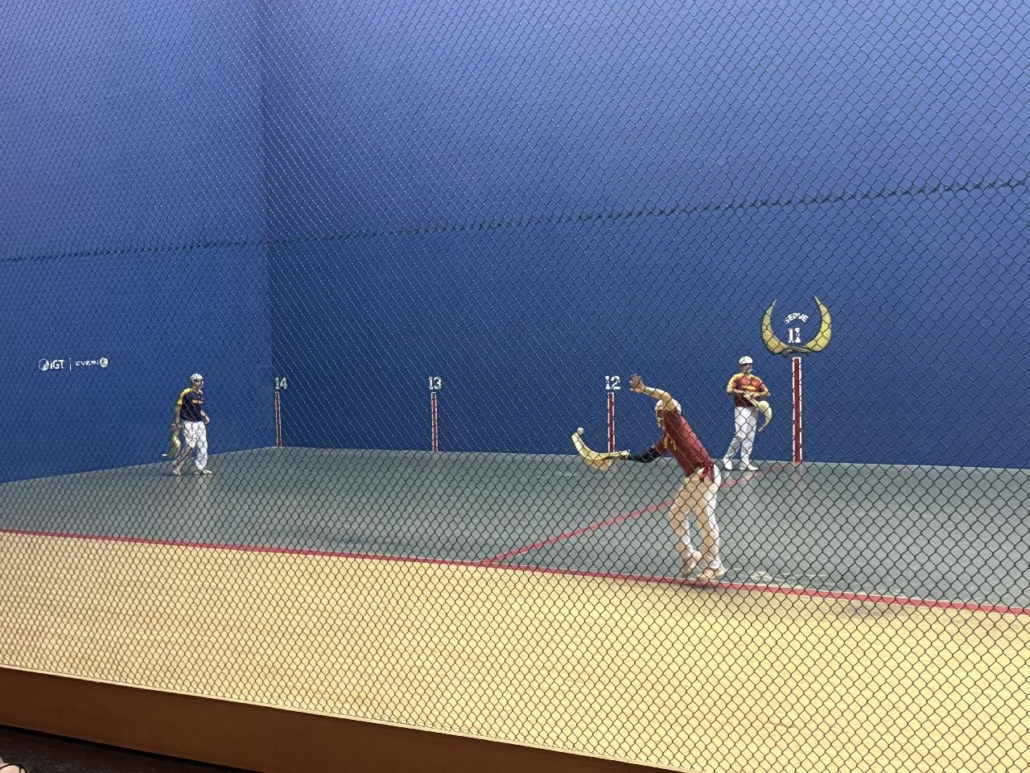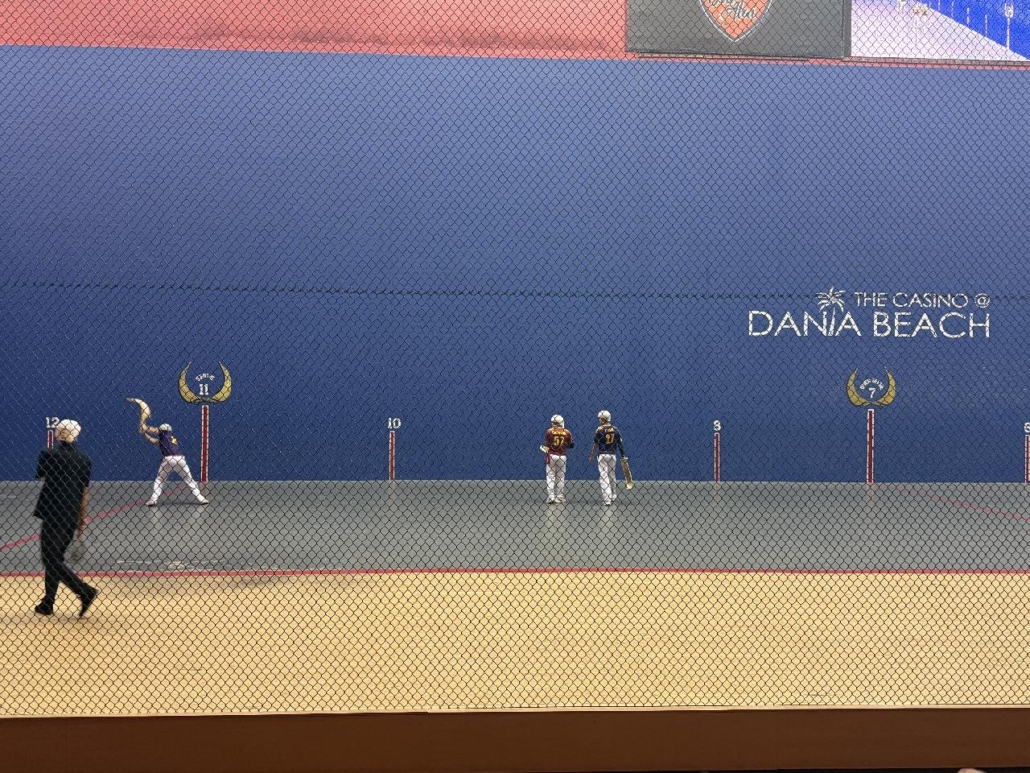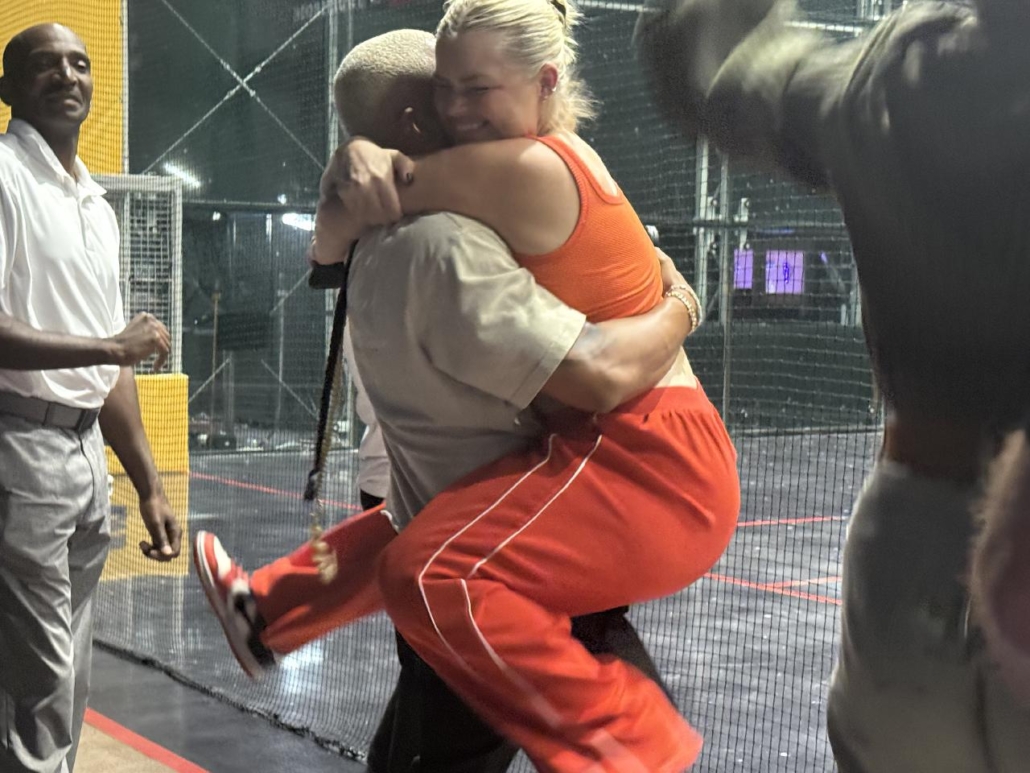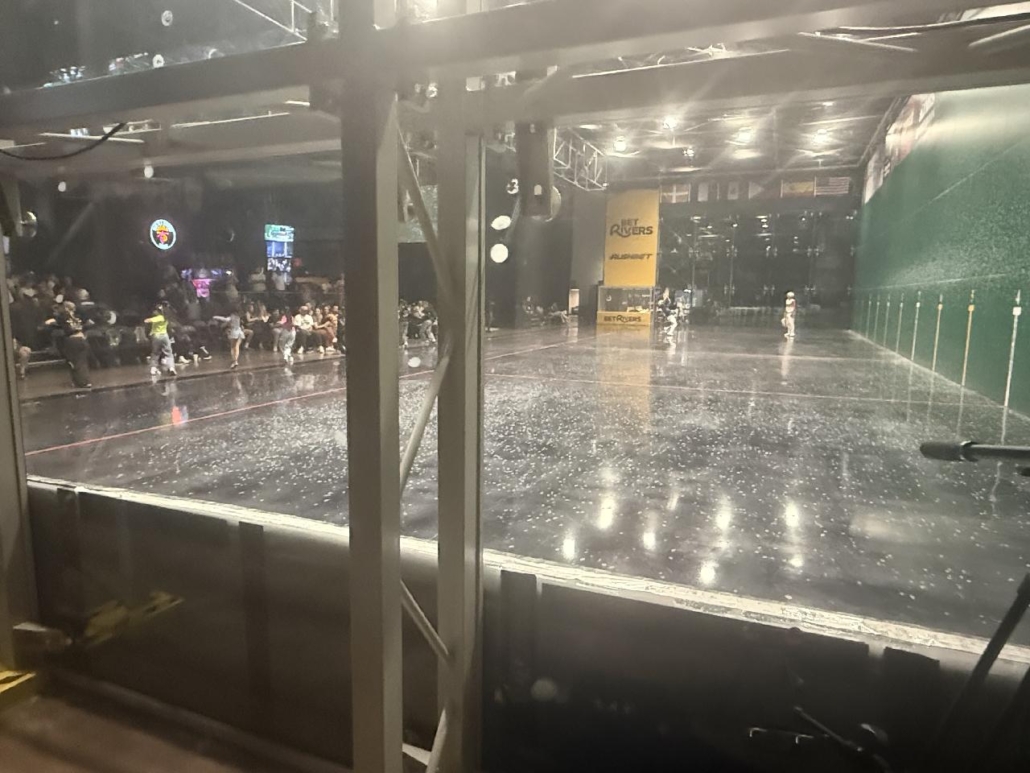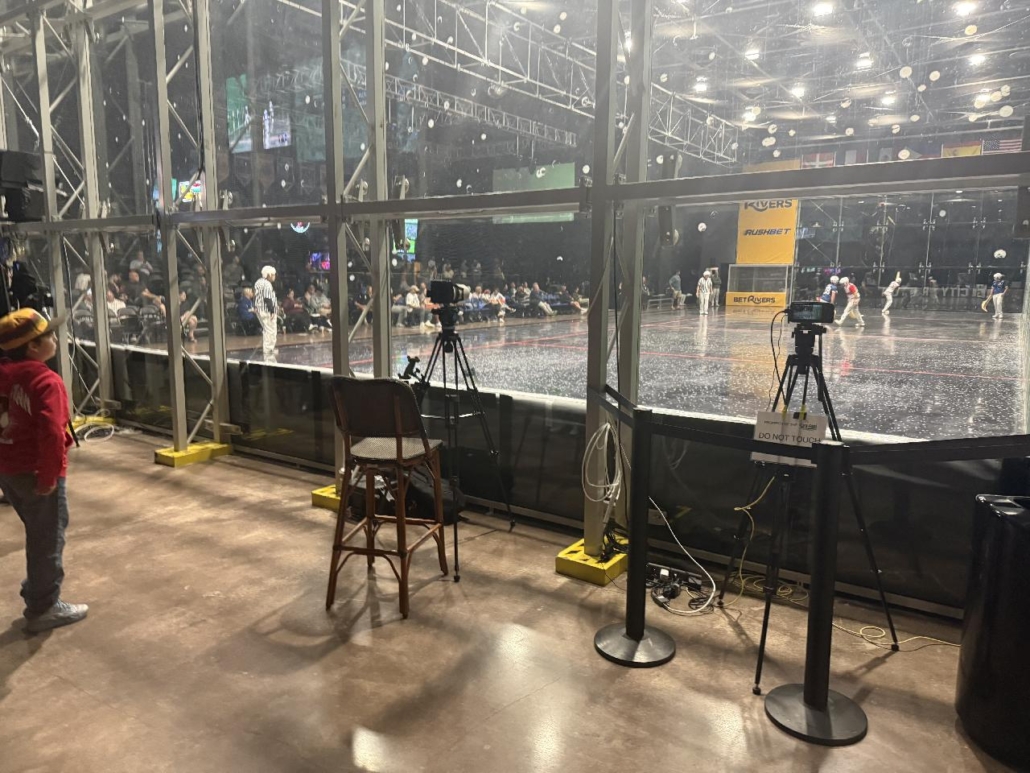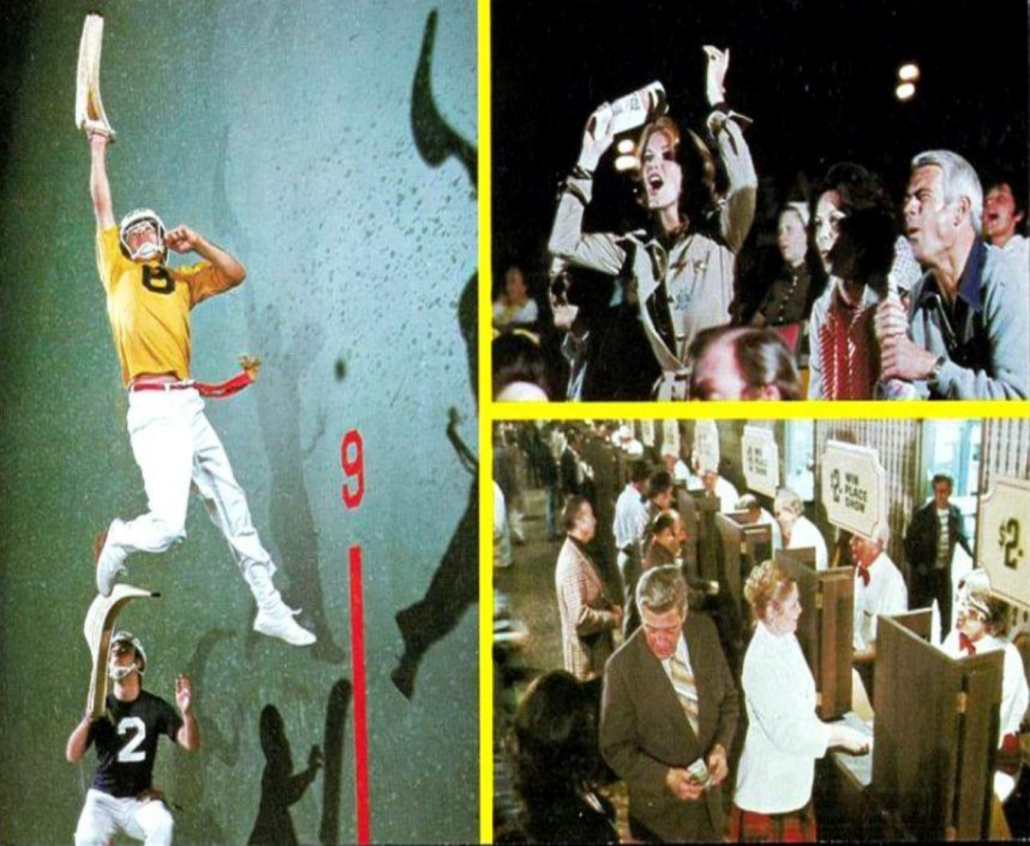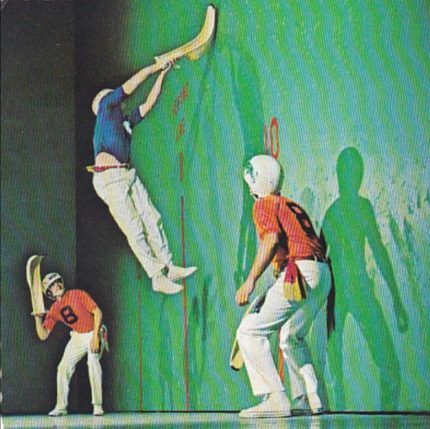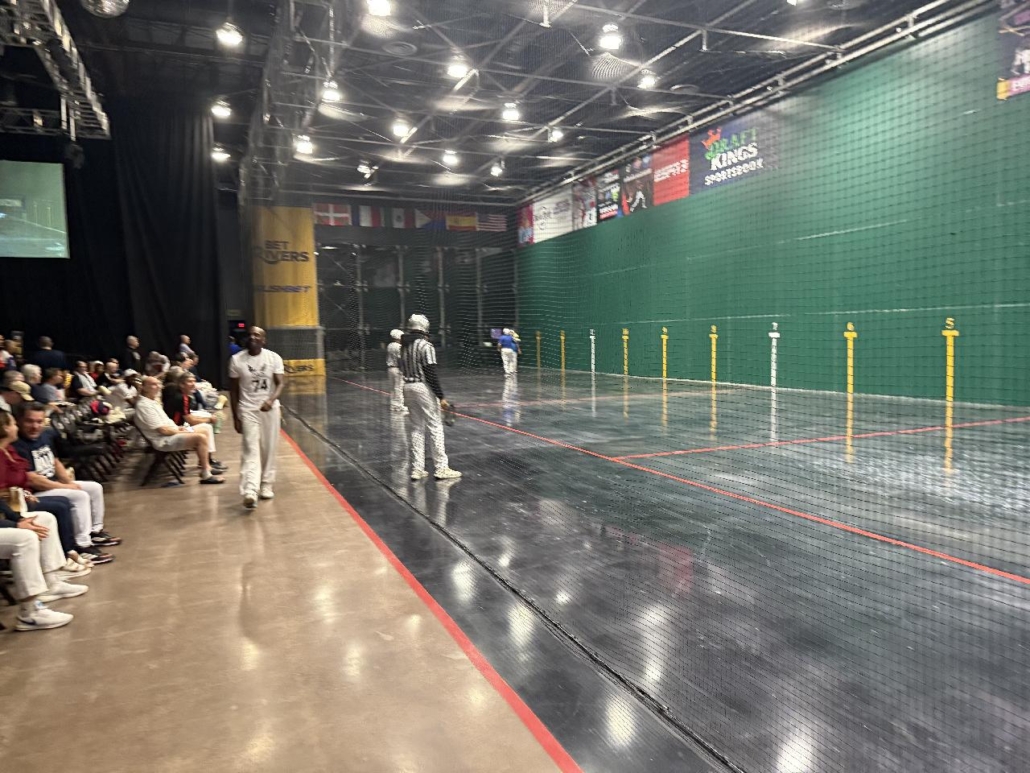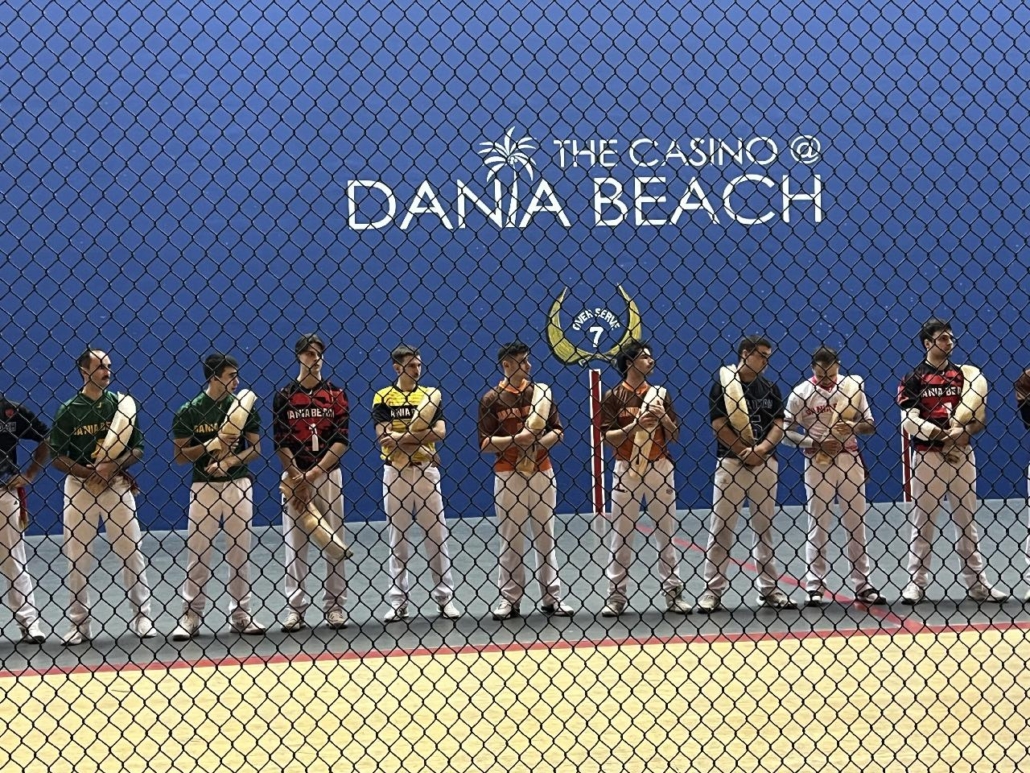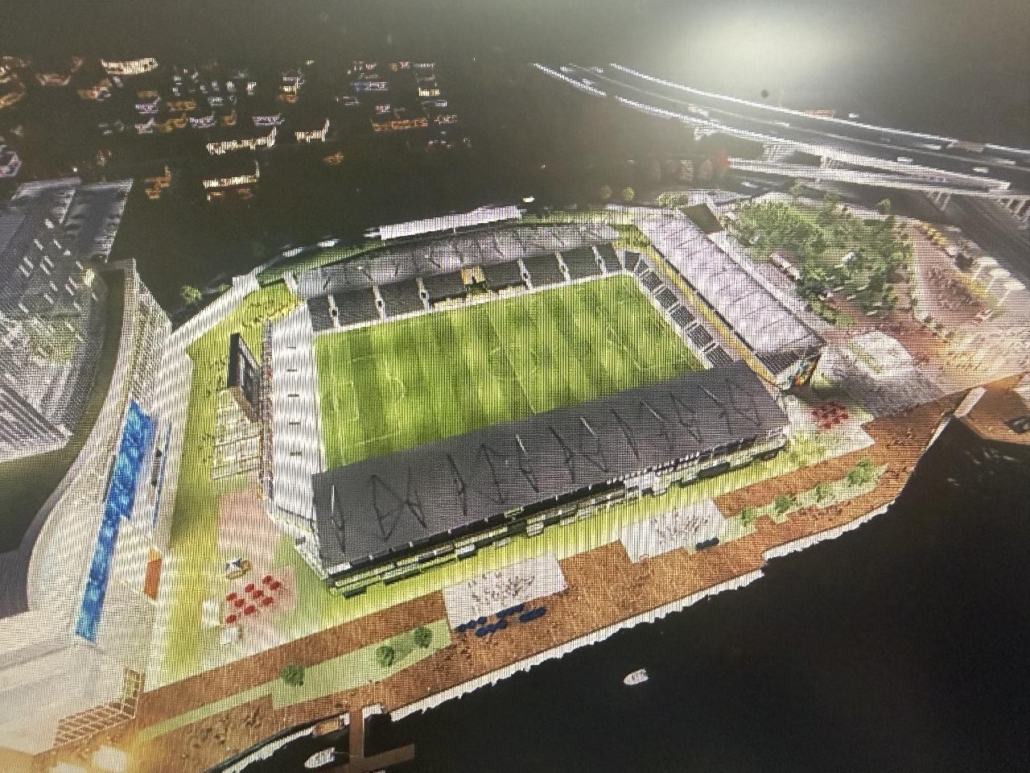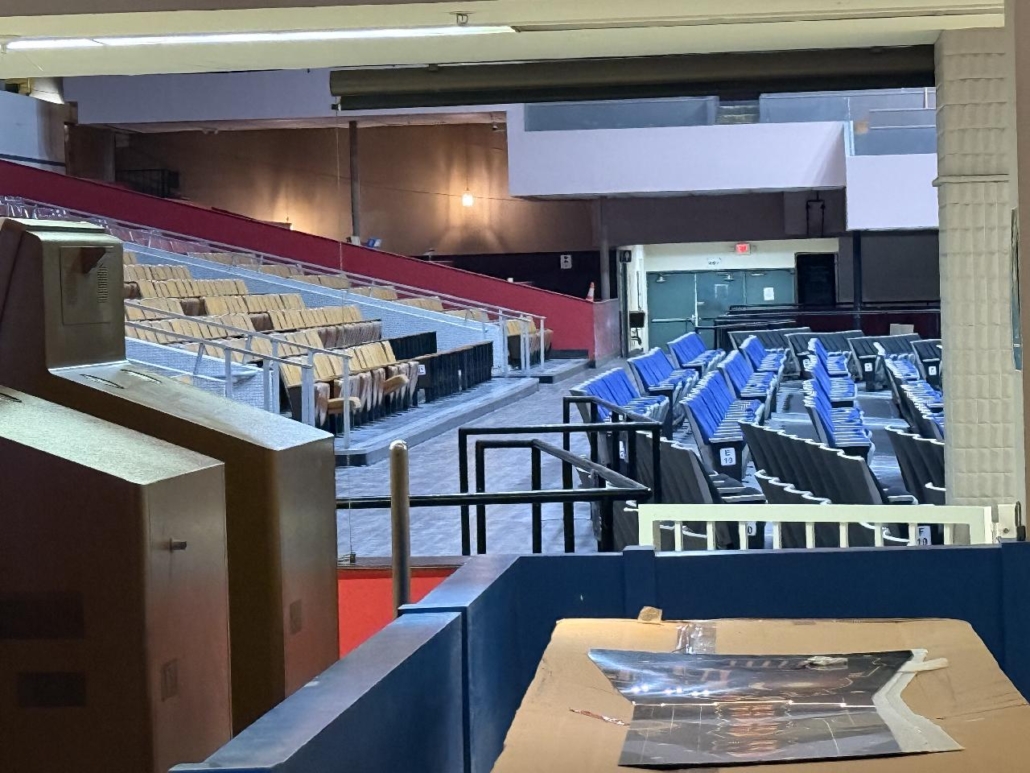
December 16, 2025: Magic City Jai-alai will have a new name, a new home, and an entirely new look when play resumes Tuesday, February 10th.
The World Jai-alai is moving two miles north to the original home of Miami Jai-alai, which outside of a few Don King Boxing Matches, has sat dormant for the past few years. The original home of Jai-alai in the United States (not counting the one that got blown away in a hurricane) will turn 100 years old soon, joining Dick Van Dyke to the centennial club.
This will have an entire new look – with a court inside of a court. A glass back wall has been installed to shorten the cancha to standard World Jai-alai League measurements to 126 feet with its placement around the serving area. The Magic City court was 120 feet long, so this new court will be 6 feet longer than before. Overhead netting has also been installed. Extensive testing for the new ball to be used is ongoing. There has been no decision as to what ball will be used, but for one thing, the real goatskin pelota is out. Right now, it is a toss up between the current ball being used and the ball that was used at Calder Jai-alai. But other balls remain in play. The current Magic City ball makes no noise coming off the granite wall, and that is problem. Another option gaining traction is a revised version of the real pelota by removing the goatskin and wrapping it with the same white tape that had been done at Magic City and at Matt’s court in Connecticut as well as Puryear Park in St. Pete.
The building will be called the JAM ARENA – short for Miami Jai-alai. And jai-alai won’t be the only offering. Concerts, comedy shows, various sporting activities of some sort will take place in addition.
There will be 1,500 seats, many of them recovered, a new refurbished terrace and bar area with a redesigned entryway connecting to the casino. For the past few years, this area has been as secluded and off-limits like the way Dr. Zaius kept everyone away from the “Forbidden Zone” area that had remains of the Statue of Liberty in the classic movie “Planet of the Apes”.
We have no idea how long the lease is but given the millions of dollars likely sunk into this project, I’m sure it will be at least 3-5 years of jai-alai there. Scott Savin is determined to make this work. Plans have included expansion to other states and even having girl players involved.




